Metal manufacturing refers to the process of processing, assembling, and manufacturing various components, structures, or products using metal materials such as steel, aluminum, copper, stainless steel, etc. This process can involve multiple process steps, including:
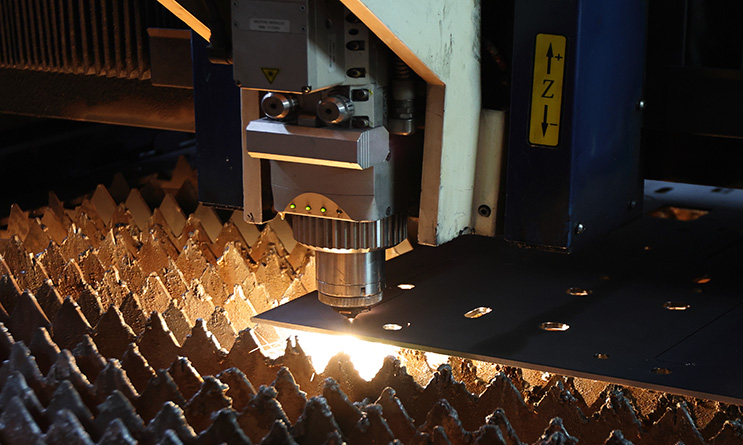
Cutting
Shearing: Straight-line cuts using a shear machine.
Laser Cutting: Precise, high-speed cutting using a focused laser beam.
Plasma Cutting: Uses a plasma torch to cut conductive materials.
Water Jet Cutting: High-pressure water stream (sometimes with abrasives) for heat-sensitive materials.
Punching: Dies and punches remove shapes from the sheet.
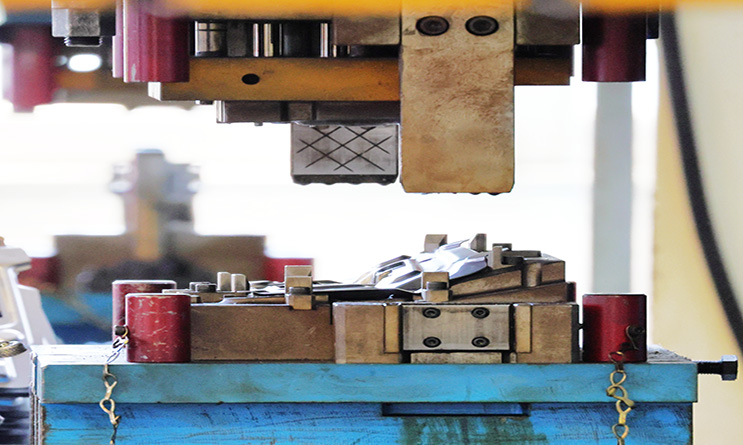
Forming
Bending: Done using press brakes or roll forming machines.
Stamping: Involves pressing the sheet metal into a die.
Deep Drawing: Forms deep, hollow shapes (e.g., cans, tanks).
Spinning: Rotates the metal and forms it over a mandrel.
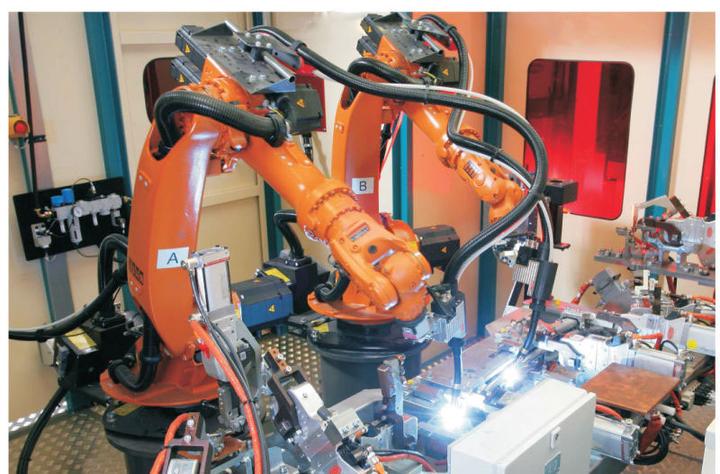
Joining
Welding: TIG, MIG, spot welding.
Riveting: For permanent mechanical joints.
Fastening: Screws, bolts, and clips.
Adhesive Bonding: For delicate or dissimilar materials.
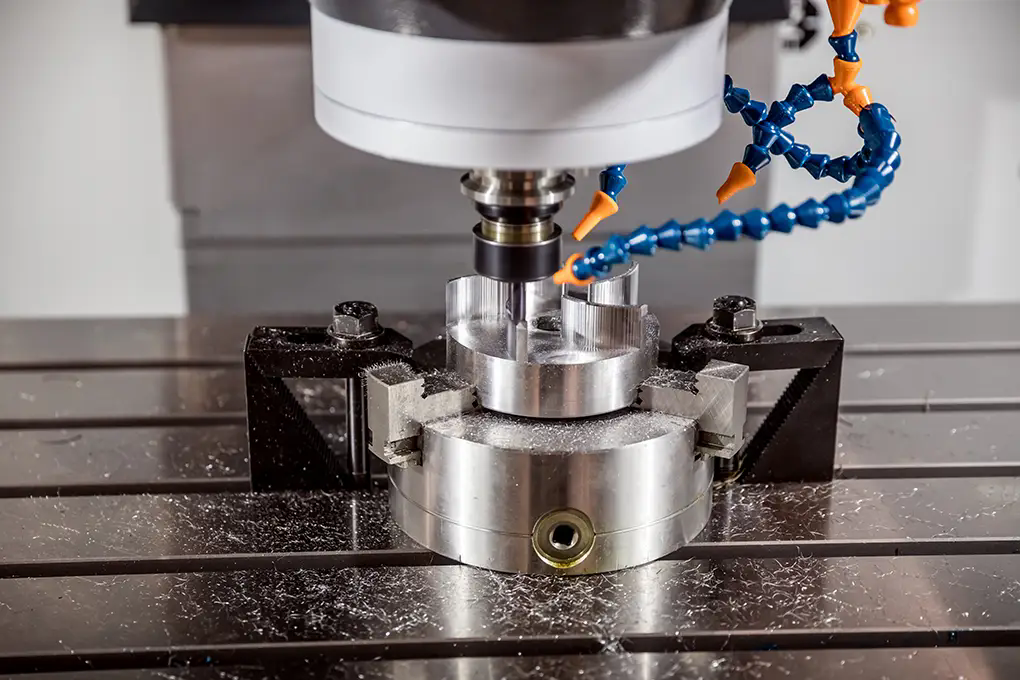
Finishing
Deburring: Removes sharp edges and burrs.
Polishing and Buffing: For aesthetic or corrosion resistance.
Plating: Adds a surface layer (e.g., zinc, chrome).
Powder Coating or Painting: Protective and aesthetic surface finishes.
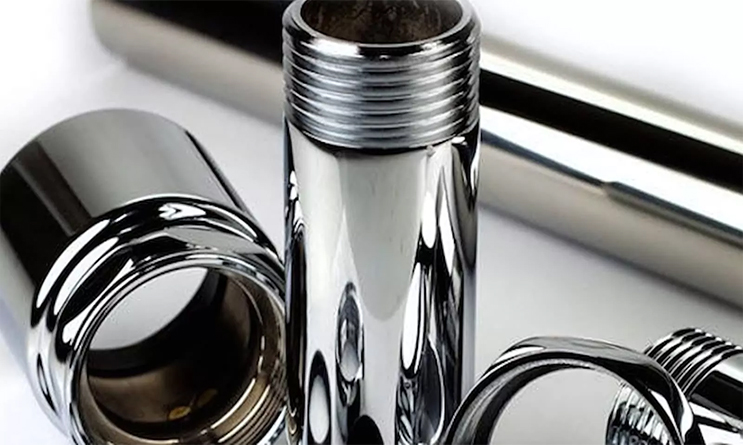
Common Materials Used
Steel (Mild, Stainless)
Aluminum
Copper
Brass
Titanium (for aerospace or medical)
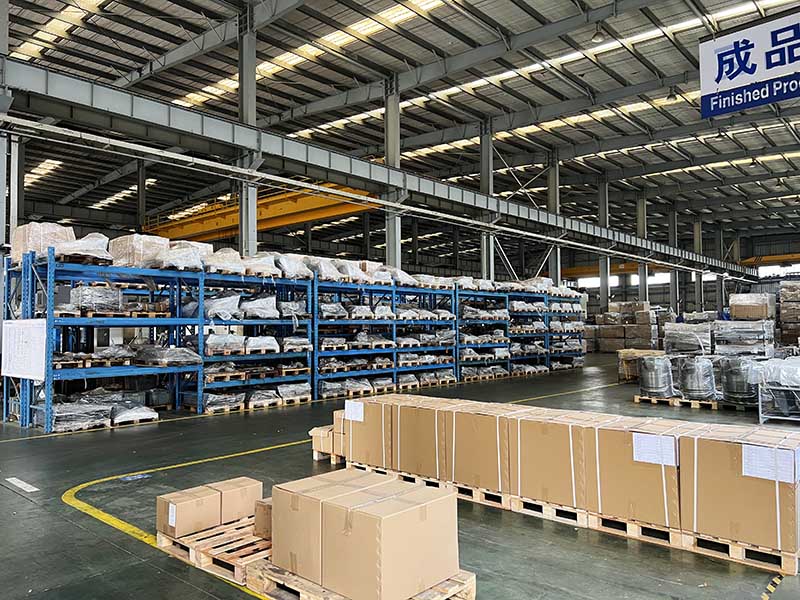
Design Considerations
Material thickness (gauge)
Bend radius (minimum to avoid cracking)
Tolerance and clearance (for fitting parts)
Grain direction (important in bending)
Kerf (material lost in cutting)
Welding is a fabrication process that joins materials, usually metals or thermoplastics, by using high heat to melt the parts together and allowing them to cool, forming a strong joint. There are many types of welding processes, each suited to specific materials, applications, and environments. Here are the major types:
1. Arc Welding Processes
2. Gas Welding Processes
3. Resistance Welding Processes
4. Solid-State Welding Processes
5. Other Specialized Welding Methods
"Machining" refers to a manufacturing process where material is selectively removed from a workpiece to shape it into a desired form. It's commonly used with metals, but also with plastics, composites, and other materials. Machining can involve a variety of techniques.
Common Tools and Equipment
Press brake
CNC laser/plasma cutter
Punch press
Guillotine shear
Rolling machines
Welding setups
Applications
Enclosures and panels
Automotive body parts
HVAC ducts
Aerospace components
Furniture and fixtures
Electronic chassis and brackets
Metal manufacturing is widely used in industries such as construction, automotive, aviation, electronics, and mechanical manufacturing.

